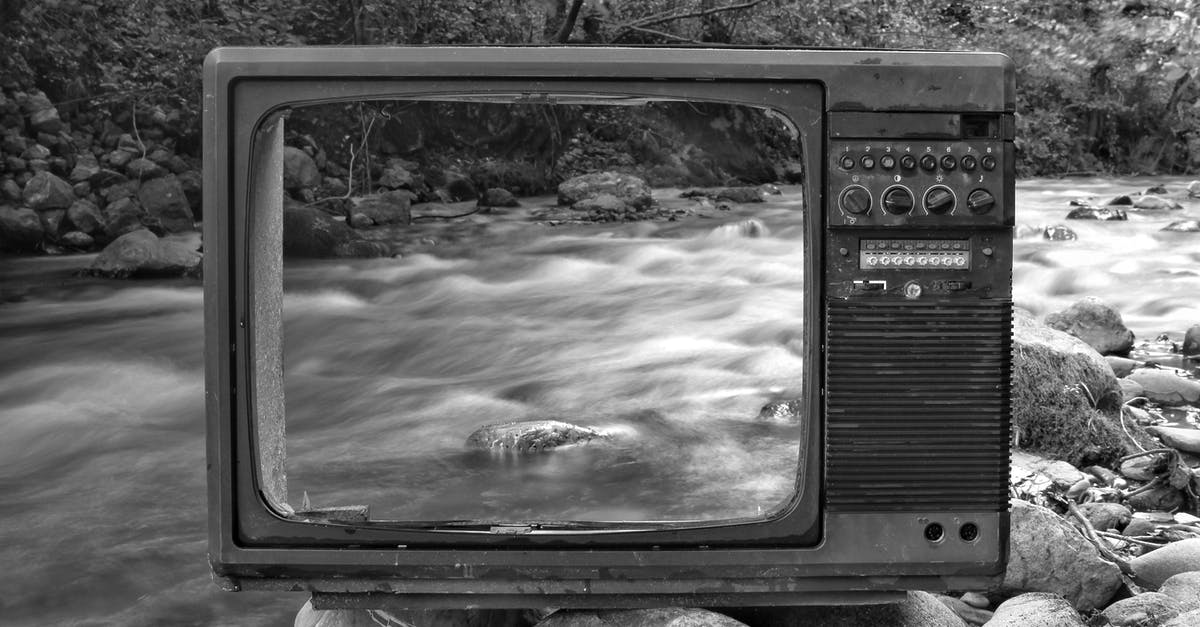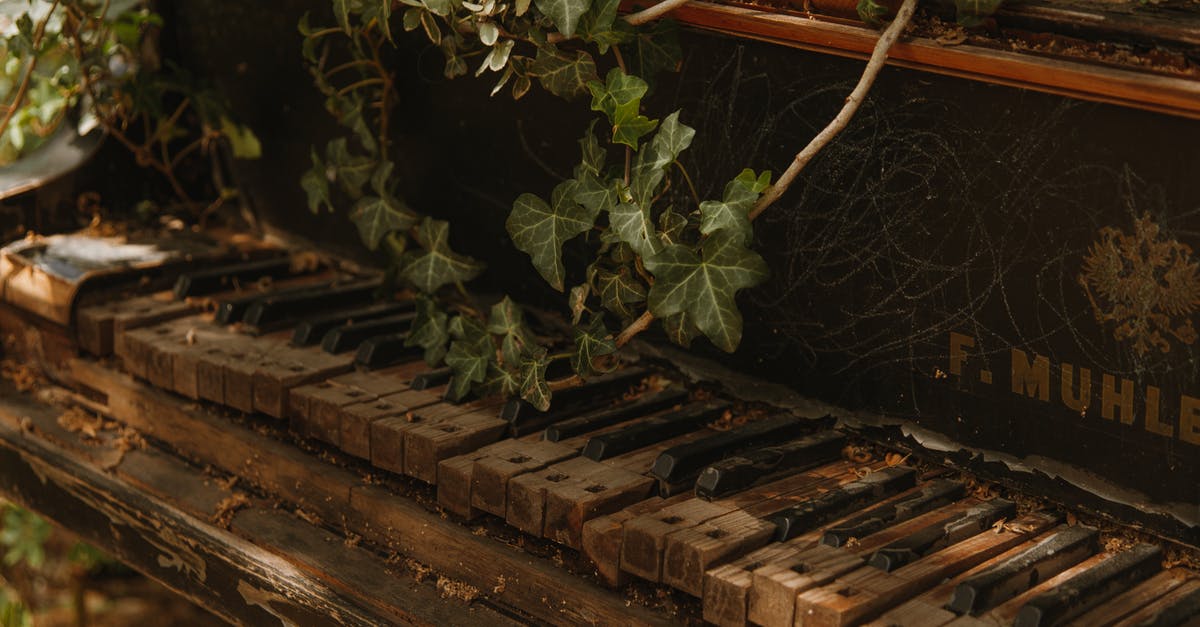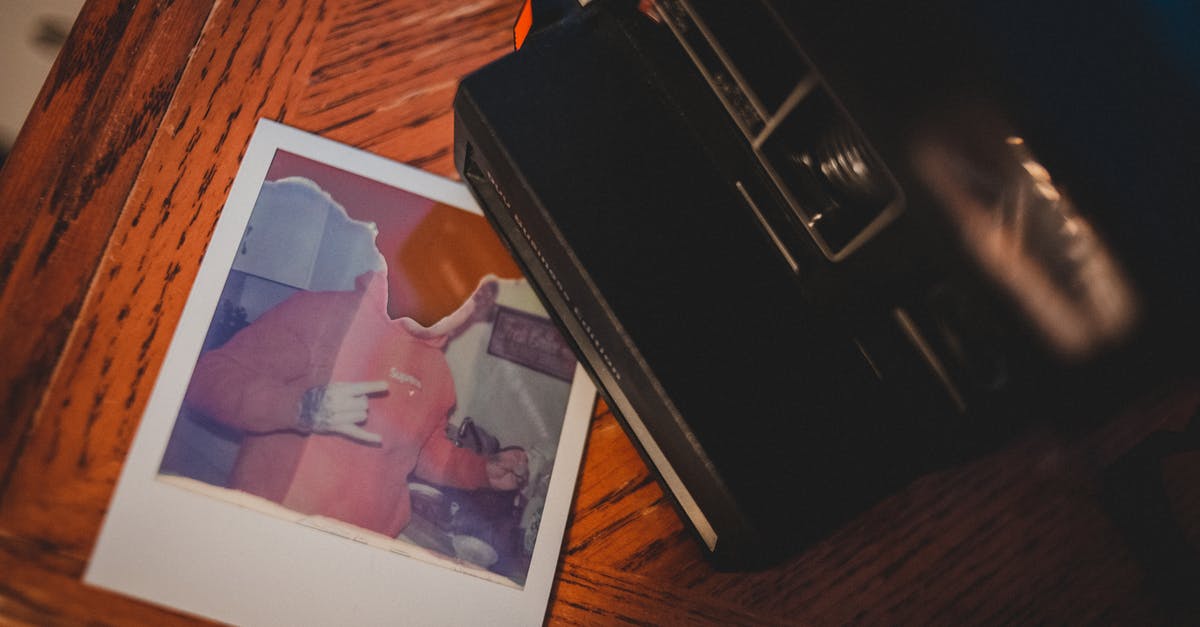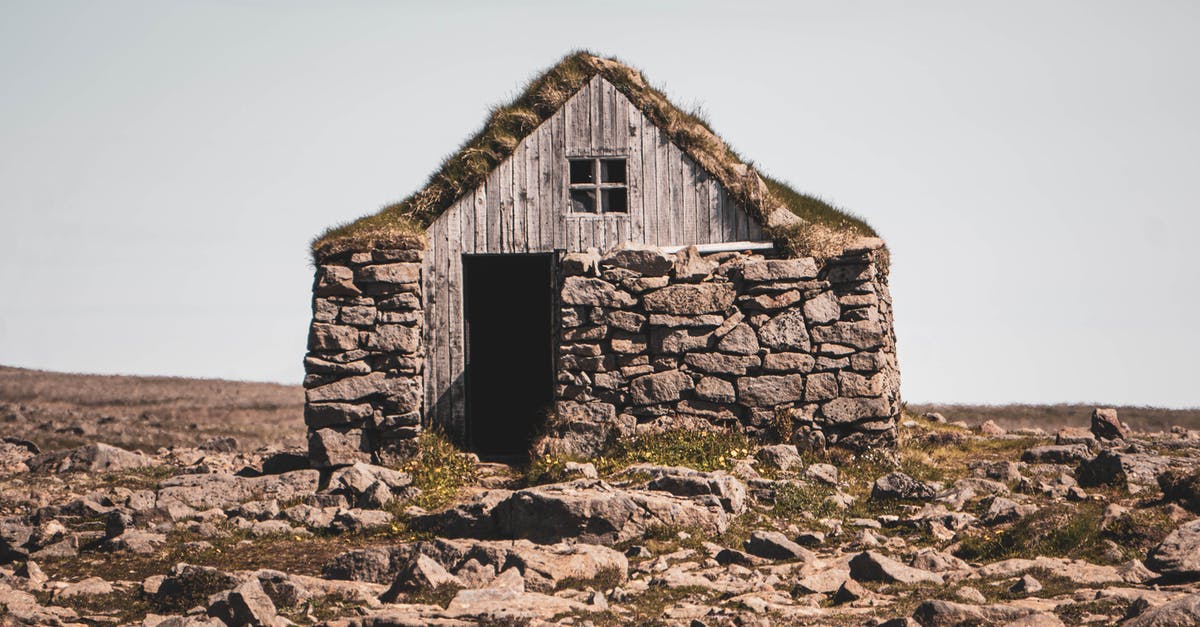Was Broken Blossoms (1919) originally shown with tinted film?

Every copy I've found of Broken Blossoms, the silent film from 1919, has been tinted -- they appear to have been shot in black and white, but then various scenes have different color filters so the "white" is more like yellow or blue or some other color. My question is: Is this how the film was originally presented? Is this how it was meant to be seen?
I'm watching through Robert Ebert's great movies list, and his essay on this movie does not mention the tint. The movie's Wikipedia page also does not mention the tint. And I've found very little on Google.
The movie (with tinting) is in the public domain and available on Wikipedia, so you can see what I'm talking about by skipping around in the video here.
Any further details on this matter would be great!
Best Answer
While color film was only experimental until the early 1920s, probably at least half of all silent movies had some kind of color. It could be tinting (where the clear parts of the frame are a particular color) or toning (where the dark parts of the frame are a particular color) or even both. The French company Pathé was famous for their hand-stenciled color films in the first two decades of the 1900s. A frame-by-frame stencil would be cut of each frame. Then color would be applied by hand to the area(s) that were supposed to be a certain color. Just about all silent films were tinted blue for night scenes and red for fire scenes.
The reason that so many silent films are just black and white today is that when they were colored onto safety film in the sound era, new black and white film was used for the copy because it was cheaper than color film and some stocks like Eastmancolor could fade after years have passed.
BROKEN BLOSSOMS (1919) is a special case for color, as director D.W. Griffith devised a special coloring method using colored gels over lights that were projected on the screen.
D. W. Griffith, for example, patented a gel-lighting system for Broken Blossoms (1919) that double-projected color tints onto the film, and various filmmakers such as Harry Smith have experimented with such effects. -- Moving Color: Early Film, Mass Culture, Modernism by Joshua Yumibe
Griffith, in his premier production of "Broken Blossoms," developed this theory to a high degree by throwing colored lights upon the screen, to give the audience the "feeling" or color emotion that would best aid him in telling this colorful Chinese story of Burke's. -- Getting a "Kick" Out of Color - II, Western Advertising, May 1921
Many times the records of the tinting colors used still survive (if records survive in an archive) and the colors can be re-created for silent films being released on disk and for streaming. Griffith's system didn't work well because the extra lights diminished the sharpness of the picture on the screen. It also required more labor at each theater than tinting the film directly. More than likely, it was only used during the initial run in very large theaters. Your neighborhood theater wouldn't have the extra lights or the personnel to project the colored gels.
The Timeline of Historical Film Colors website by Barbara Flueckiger has examples of many color film processes from hand coloring, tinting, and early color film stocks.
Pictures about "Was Broken Blossoms (1919) originally shown with tinted film?"



Why was BROKEN BLOSSOMS important?
The film was released in 1919 and was one of a number of poetic and intimate depictions of domestic life which followed Griffith's monumental epics of 1915-16, BIRTH OF A NATION and INTOLERANCE. It is within this context that BROKEN BLOSSOMS was perceived as a sensitive and humanitarian film.How does BROKEN BLOSSOMS end?
Huan carries Lucy back to the smashed room at this shop. He lays her on the bed, covers her with the silk robe, and places flowers on her breast. He lights a candle, sounds the bell, and prays at his shrine. Filled with grief, he says goodbye to White Blossom and stabs himself in the heart.Where was broken blossom filmed?
The film is based on the short story "The Chink and the Child" by Thomas Burke from his collection Limehouse Nights (1916), and was produced at Twickenham Studios in London. The story had previously been adapted by D. W. Griffith for his film Broken Blossoms (1919) starring Lillian Gish.DW Griffith Broken Blossoms 1919 High Def HD. Without Ads
Sources: Stack Exchange - This article follows the attribution requirements of Stack Exchange and is licensed under CC BY-SA 3.0.
Images: Photography Maghradze PH, ROMAN ODINTSOV, Erik Mclean, Brent Olson
